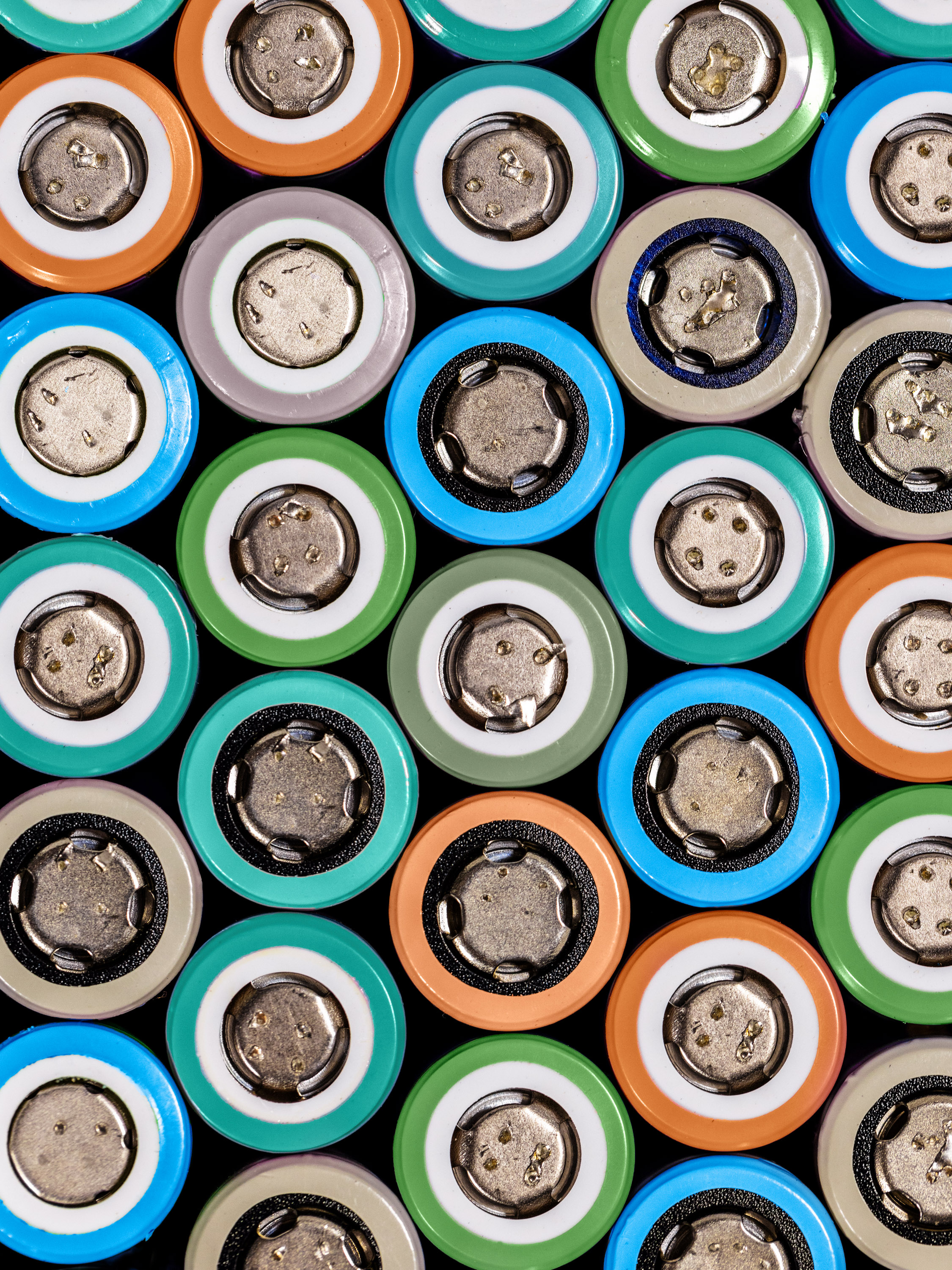Battery recycling: 10 Breakthrough Technologies 2023
New ways to recover the crucial metals in batteries could make EVs more affordable.

WHO
CATL, Umicore, Redwood Materials, Li-Cycle, Cirba
WHEN
Now
High-value metals recovered from old laptops, corroded power drills, and electric vehicles could power tomorrow’s cars, thanks to recycling advances that make it possible to turn old batteries into new ones.
Demand for lithium-ion batteries is skyrocketing as electric vehicles become more common. Greater use of electric vehicles is good news for the climate. But supplies of the metals needed to build battery cells are already stretched thin, and demand for lithium could increase 20 times by 2050.
Recycling may help. Older methods of processing spent batteries struggled to reliably recover enough of these individual metals to make recycling economical. But new approaches have swiftly changed that, enabling recyclers to more effectively dissolve the metals and separate them from battery waste.
Recycling facilities can now recover nearly all of the cobalt and nickel and over 80% of the lithium from used batteries and manufacturing scrap left over from battery production—and recyclers plan to resell those metals for a price nearly competitive with that of mined materials. Aluminum, copper, and graphite are often recovered as well.
China leads the world in battery recycling today, dominated by subsidiaries of major battery companies like CATL. The EU recently proposed extensive recycling regulations with mandates for battery manufacturers. And companies in North America, like Redwood Materials and Li-Cycle, are quickly scaling operations, funded by billions of dollars in public and private investment.
Battery demand is expected to grow exponentially for decades. Recycling alone won’t be enough to satisfy it. And these new recycling processes aren’t perfect. But battery recycling factories will create a supply of materials the world needs to meet its climate goals.
Read more about how old batteries will help power tomorrow's EVs.
Deep Dive
Climate change and energy
The problem with plug-in hybrids? Their drivers.
Plug-in hybrids are often sold as a transition to EVs, but new data from Europe shows we’re still underestimating the emissions they produce.
These artificial snowdrifts protect seal pups from climate change
The human-built habitats shield the pups from predators and the freezing cold, but they’re threatened by global temperature rise.
How thermal batteries are heating up energy storage
The systems, which can store clean energy as heat, were chosen by readers as the 11th Breakthrough Technology of 2024.
The hard lessons of Harvard’s failed geoengineering experiment
Some observers argue the end of SCoPEx should mark the end of such proposals. Others say any future experiments should proceed in markedly different ways.
Stay connected
Get the latest updates from
MIT Technology Review
Discover special offers, top stories, upcoming events, and more.